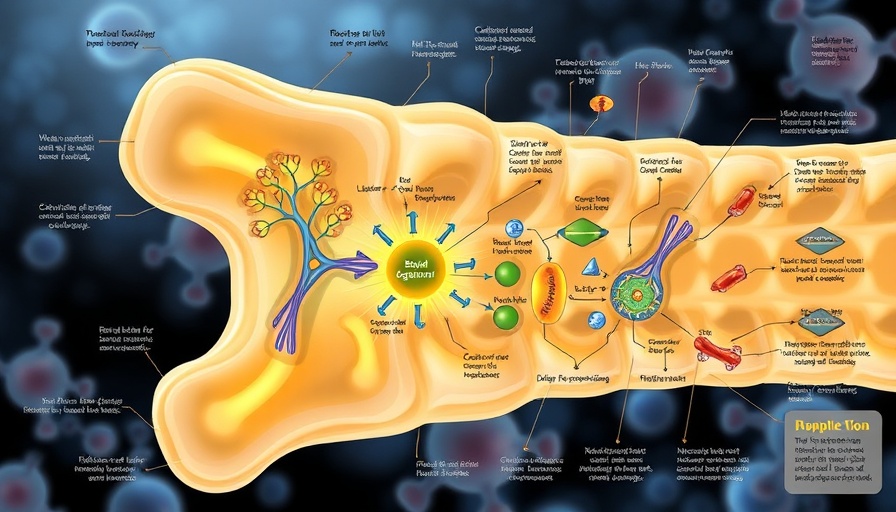
Breakthrough Hydrogel Utilizes Visible Light for Effective Bone Regeneration
Advancements in injectable hydrogels offer promising new avenues for bone regeneration. A team from the Pohang University of Science and Technology (POSTECH) has pioneered an innovative hydrogel that harnesses visible light to induce cross-linking and mineralization, ushering in a new era of bone healing without requiring invasive bone grafts. This development has potential implications for the growing field of regenerative medicine.
Challenges with Current Bone Regeneration Techniques
The burden of bone defects is increasingly visible in aging populations worldwide, caused by factors ranging from trauma to infections and congenital irregularities. Traditional treatment approaches often rely on bone grafts combined with bioadhesives, but these can struggle with durability and adhesive strength, failing to achieve both bone regeneration and adhesion simultaneously. Existing hydrogels used in these treatments face significant obstacles in maintaining structure and function within the biologically challenging environment of the human body.
Innovative Hydrogel System: A Game Changer
The team at POSTECH introduces a hydrogel system that skillfully addresses these longstanding challenges. This new system employs visible light, a wavelength safe for human use, to facilitate the bonding of the hydrogel’s main components and encourage the formation of bone-building minerals like calcium and phosphate. This method bypasses previous complications involving separate preparations of bone grafts and adhesives and bonds that deteriorate over time.
Pioneering Components of the Hydrogel
Central to this advancement is a hydrogel precursor comprising alginate, a natural polysaccharide, along with mussel-adhering proteins containing RGD peptides, calcium ions, phosphonodiols, and a photoinitiator. This coacervate-based formulation, which survives intact in water, ensures that the hydrogel preserves its intended shape and functional position once injected into the body. Upon exposure to visible light, cross-linking occurs, with amorphous calcium phosphate concurrently forming to facilitate bone regeneration.
Experimental Success and Impact on Medical Practice
In preclinical trials involving animal models with femoral bone defects, the hydrogel was injected, adhered securely, and effectively delivered essential components for bone regeneration. This research is notable for concierging health practitioners keen on integrating cutting-edge procedures that may significantly benefit patient outcomes and enhance the therapeutic offerings of medical practices.
Future Perspectives: Prospects for Bone Regeneration
Looking forward, the implications of this technology are vast. As further studies validate its efficacy, health practitioners might witness a transformation in how bone defects are treated, moving away from more invasive surgical grafting procedures to more holistic and patient-friendly options. Such advances could elevate patient care by offering reliable, less painful alternatives with potentially faster recovery times.
 Add Row
Add Row  Add
Add 






Write A Comment